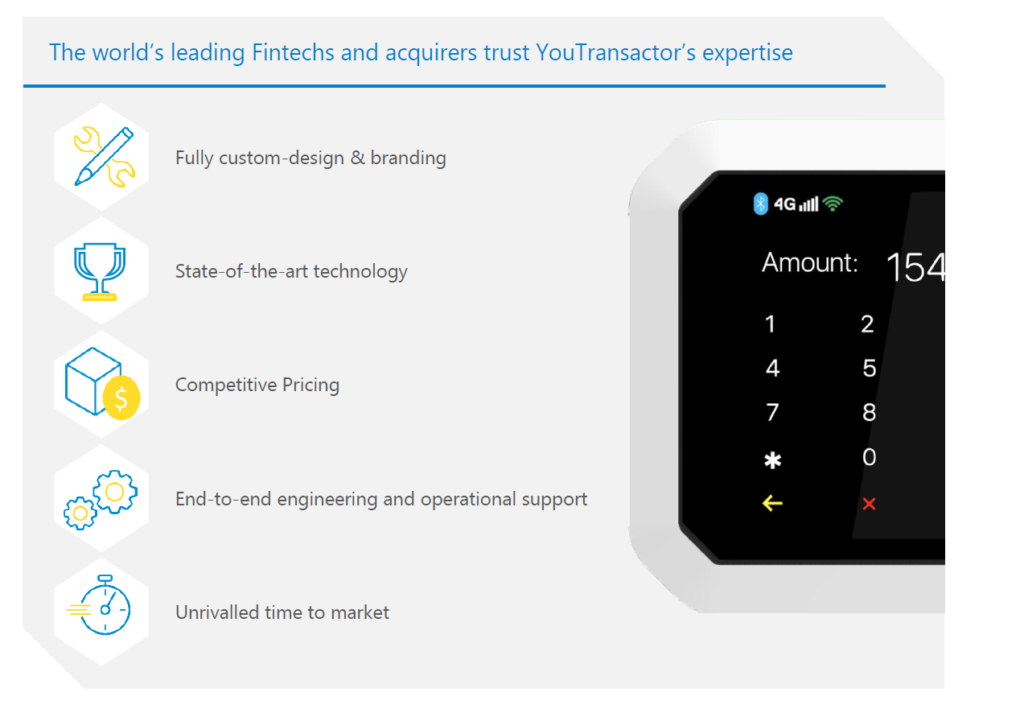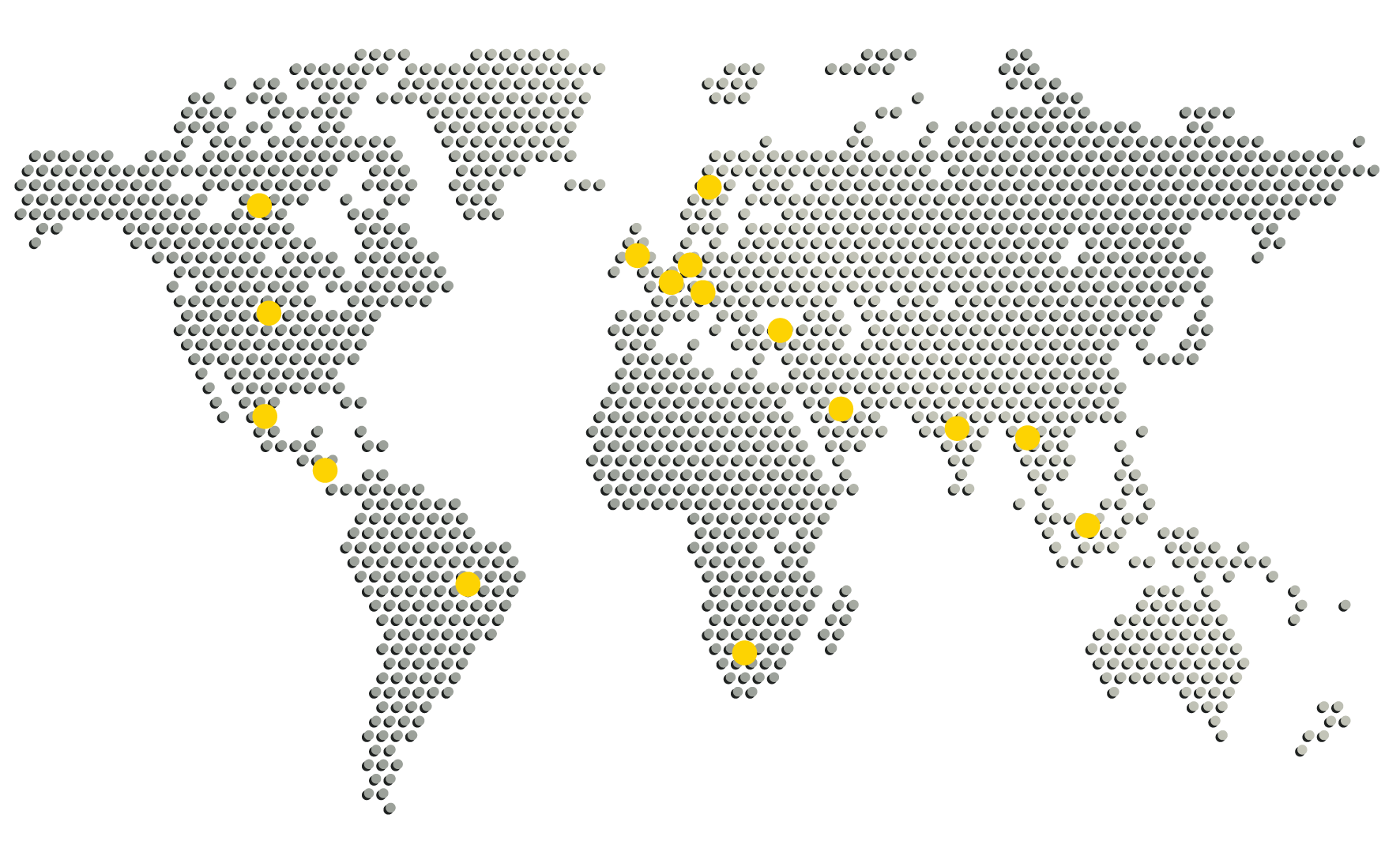- BLOG POST
A first-hand account of the payment landscape in Brazil
YouTransactor welcomed Murilo Malta to its office in Paris, a few weeks back. Murilo lives in the area of Sao Paulo and manages the commercial activities for YouTransactor in Latin America.
His mission involves reaching out to new prospects across the region (large acquirers, fintechs, PSPs, and marketplaces), managing the relationship with existing accounts, and establishing local partnerships in Brazil.
We took his visit as an opportunity to get his views on the Point-of-Sale solutions market as well as YouTransactor’s positioning.
Q: How has the Brazilian payment market evolved over the last 12 months?
A: The market is very warm, in terms of demand for POS terminals. YouTransactor has a long experience serving top players and operating in this market since 2017. So far we have been able to keep up with growing volumes while addressing the challenges associated with component sourcing. So, many opportunities ahead!
Q: What are YouTransactor’s competitive advantages in Brazil?
A: We have full capacity to produce locally, in Manaus. We also work with local, long-established partners.
In parallel, there is high anticipation for a high-end, innovative, and autonomous 4G product like the uCube Touch. The more affordable Bluetooth version also has some demands to offer competitive packages. In addition, with the advent of PIX in Brazil, QR display functionalities are very much of interest. All of these needs can be served with our product, the UCube Touch.
Last but not the least, Brazilian clients like to work with agile companies that operate in a start-up mode.
Q: What are the challenges to growing a business in Brazil?
It can be a little difficult to deploy an innovative product that is new to a foreign market for the first time and raise awareness about the brand.
For a POS terminal provider, certifications specific to Brazil are a must-have, in particular, ANATEL for communications, and ABECS for payments. YouTransactor is currently passing these certifications for the new generation of the uCube Touch. The terminal has a large potential in Brazil and has already generated considerable interest among several players.
Other challenges include tax management, which can be complex in Brazil.
Q: What do you think about SoftPOS?
Nb: payment acceptance through an App installed on an Android commercial smartphone
With the increase of NFC cards, everybody is starting to pay using contactless. Brazilian shoppers are quite digital-savvy so SoftPOS becomes an interesting and cheap option for independent merchants to accept payments.
It is seen as a disrupter. Nevertheless, SoftPOS is not going to be a one fits all solution: it makes sense only for self-employed and there is still a large base of contact-only cards in the region. Overall I see it as a great complement to the mobile POS.





